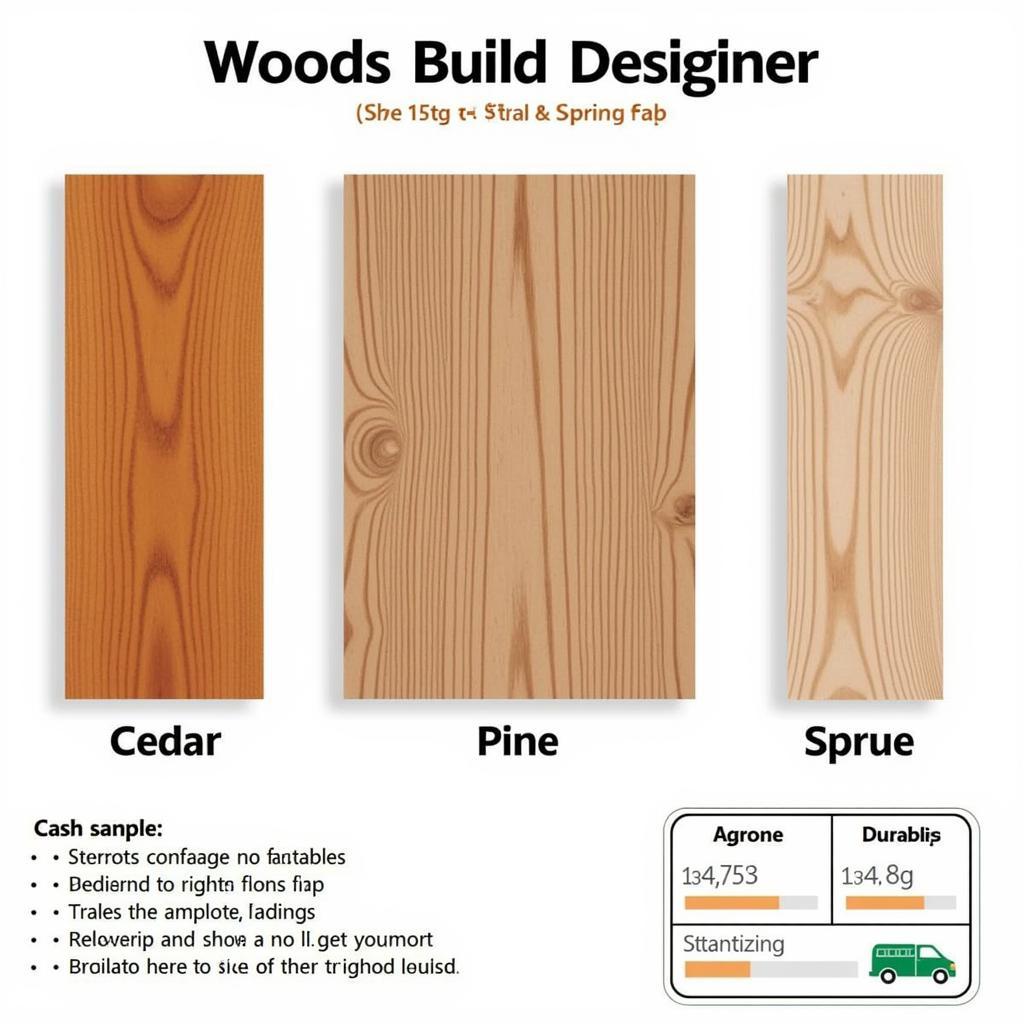The Art of Sauna Building
The Art Of Sauna Building is more than just hammering wood together; it’s about creating a sanctuary, a space for purification and rejuvenation. It involves a deep understanding of design, materials, and the very essence of the sauna experience. From the initial planning stages to the final touches, every detail contributes to the overall harmony and functionality of your personal wellness haven.
Planning Your Perfect Sauna: Location, Size, and Style
Before diving into the nitty-gritty of construction, careful planning is essential. Consider where your sauna will be located. Will it be indoors, outdoors, or nestled beside a tranquil lake? The location influences the design, materials, and building codes you’ll need to adhere to. Next, think about size. How many people will your sauna comfortably accommodate? A smaller sauna will heat up faster, while a larger one allows for more socializing. Finally, what style resonates with you? From traditional Finnish smoke saunas to modern electric saunas, each has its unique charm and practical considerations. Choosing the right style sets the tone for the entire project.
What are the key considerations when planning a sauna? Location, size, and style are paramount. Thinking through these aspects early on ensures a smooth and successful build.
Choosing the Right Wood: Cedar, Pine, or Spruce?
The type of wood you choose plays a crucial role in the aesthetics, durability, and overall experience of your sauna. Cedar, with its rich aroma and natural resistance to rot and decay, is a popular choice. Pine offers a more budget-friendly option, while spruce provides excellent insulation and a light, airy feel. Each wood has its own distinct characteristics, impacting the sauna’s heat retention, fragrance, and longevity. Researching the pros and cons of each wood type will help you make an informed decision that aligns with your preferences and budget.
 Comparing Different Sauna Wood Types: Cedar, Pine, and Spruce
Comparing Different Sauna Wood Types: Cedar, Pine, and Spruce
The Heart of the Sauna: Selecting Your Heater
The heater is the heart of your sauna, the source of its warmth and therapeutic benefits. From traditional wood-burning stoves to modern electric heaters, there’s a wide array of options available. Wood-burning stoves offer a more rustic and authentic experience, while electric heaters provide convenience and precise temperature control. Consider your lifestyle, budget, and the type of sauna you’re building when selecting your heater. The right heater will ensure your sauna provides the perfect temperature and ambiance for years to come.
What is the most important element in a sauna? The heater is the core of the sauna, responsible for the heat and relaxing atmosphere. Choose wisely!
Ventilation and Insulation: Key to a Comfortable Sauna Experience
Proper ventilation and insulation are critical for a comfortable and efficient sauna. Adequate ventilation ensures fresh air circulation and prevents the buildup of carbon monoxide, particularly in wood-burning saunas. Effective insulation keeps the heat in and reduces energy costs. Careful consideration of these factors will create a sauna that is not only enjoyable but also safe and economical.
The Finishing Touches: Benches, Lighting, and Accessories
Once the structural elements are in place, it’s time to focus on the finishing touches that elevate your sauna experience. Comfortable benches, strategically placed lighting, and carefully chosen accessories can transform your sauna into a true sanctuary. Consider ergonomic benches designed for optimal relaxation, soft lighting that creates a calming ambiance, and accessories such as buckets, ladles, and thermometers. These details enhance the overall aesthetic and functionality of your sauna.
How can I enhance my sauna experience? Thoughtful details like comfortable benches, appropriate lighting, and well-chosen accessories can significantly enhance the sauna experience.
Building Your Sauna: A Step-by-Step Guide
While the specifics of sauna building can vary based on the type and size of your project, some general steps apply. From preparing the foundation to installing the heater and finishing the interior, a methodical approach is essential. Consult with experienced sauna builders or refer to detailed building guides for specific instructions tailored to your chosen design.
“A well-built sauna is a testament to craftsmanship and a deep appreciation for the art of relaxation,” says renowned sauna builder, Elias Makinen. “Every detail, from the choice of wood to the placement of the benches, contributes to the overall experience.”
Another expert, Aino Saarinen, adds, “The art of sauna building is about more than just construction; it’s about creating a space that nourishes the mind, body, and soul.”
Conclusion
The art of sauna building is a rewarding journey that culminates in a personalized space for relaxation and well-being. By carefully considering each element, from the initial planning stages to the finishing touches, you can create a sauna that perfectly aligns with your needs and desires. Building your own sauna is a testament to the enduring power of this ancient tradition and its continued relevance in our modern world.
FAQ
- What type of wood is best for a sauna? Cedar, pine, and spruce are popular choices, each with its unique benefits.
- What is the ideal temperature for a sauna? Between 150-195°F (65-90°C).
- How often should I use my sauna? Listen to your body and adjust accordingly. Many people enjoy a sauna session 1-2 times a week.
- How long should I stay in a sauna? Start with shorter sessions (10-15 minutes) and gradually increase as you become accustomed to the heat.
- Can I build a sauna myself? Yes, with proper planning and research, you can build your own sauna.
- What are the benefits of using a sauna? Saunas can promote relaxation, relieve muscle soreness, improve circulation, and cleanse the skin.
- How do I maintain my sauna? Regular cleaning and proper ventilation are essential for maintaining your sauna.
Common Sauna Building Scenarios
- Limited space: Consider a smaller sauna design or a barrel sauna that can be placed outdoors.
- Budget constraints: Opt for more affordable wood options like pine and a less expensive heater.
- DIY vs. professional build: If you’re comfortable with construction, building your own sauna can save money. However, hiring a professional ensures expert craftsmanship and can save time.
Further Reading and Resources
- Explore our article on “Choosing the Right Sauna Heater” for a detailed guide on heater selection.
- Learn about different sauna styles in our blog post “Traditional vs. Modern Saunas: Finding the Perfect Fit”.
Need assistance with your sauna project? Contact us! Phone: 02462573573, Email: [email protected]. Or visit us at Savico Megamall, 7-9 Đ. Nguyễn Văn Linh, Gia Thụy, Long Biên, Hà Nội 10000, Việt Nam. We offer 24/7 customer support.





